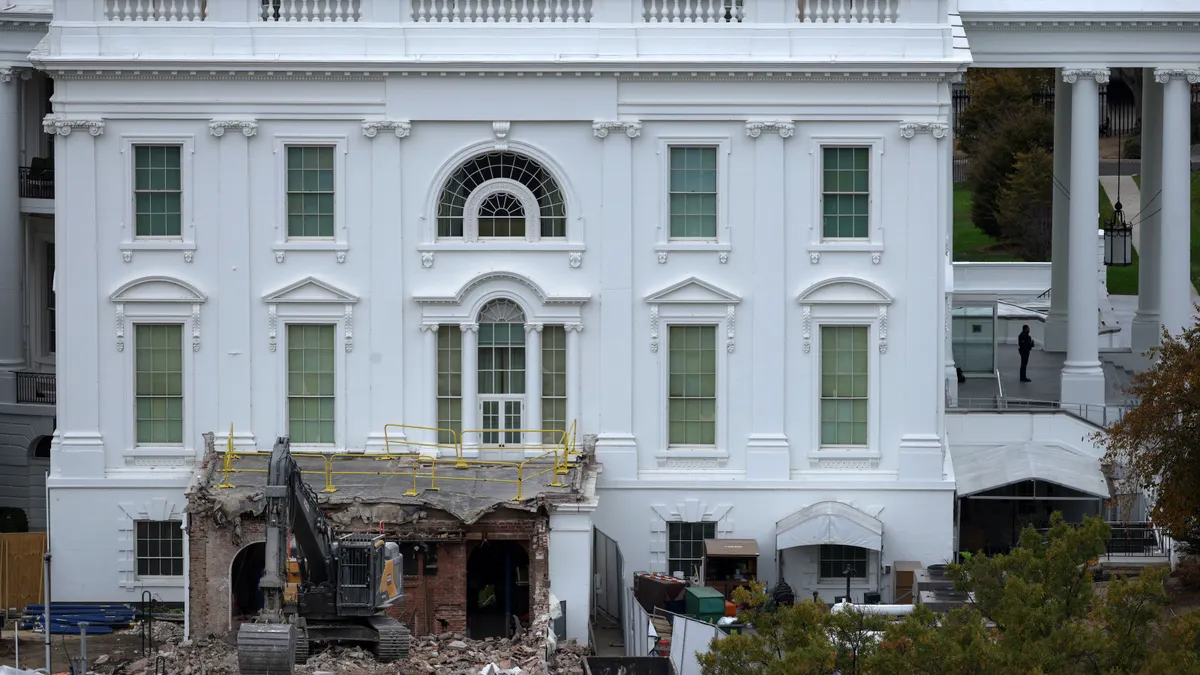Dive Brief:
-
The decades-old allure of owning a home on a golf course has faded as fewer enthusiasts participate in the sport.
-
The Sarasota Herald-Tribune in Florida reported that local developers are turning their backs on building lavish homes in new golf-course communities and are focusing instead on high-end houses and condos sans sand traps. One developer told the Tribune: “Just shoot me if I ever mention developing another golf-course community.”
-
The demise of the mandatory-membership golf-course community is a nationwide phenomenon as those homes become harder to sell, the newspaper reported. A lack of owner/members has forced already-built golf-centric subdivisions to raise membership fees in an effort to keep their courses up to date — which makes them even less attractive to potential homeowners. “It’s a double-edged sword," one developer told the paper.
Dive Insight:
In a 2013 poll of new homebuyers by the National Association of Home Builders, only elevators ranked higher than golf courses on a list of “most unwanted” features in a new home.
Between 130 to 160 golf courses close each year, and that pace will continue for the next five years, according to Orlando land-use attorney Paul Chipok, who told the newspaper that 4 million fewer people play golf now than a decade ago.
In addition, he said, 643, 18-hole courses have closed nationwide since 2006, and for every course that opens, 10 close.
Chipok said many of his clients who own golf courses are trying to get the property rezoned so they can develop it for strictly residential or commercial use. Golf, he noted, is not longer a “highest and best use.”








